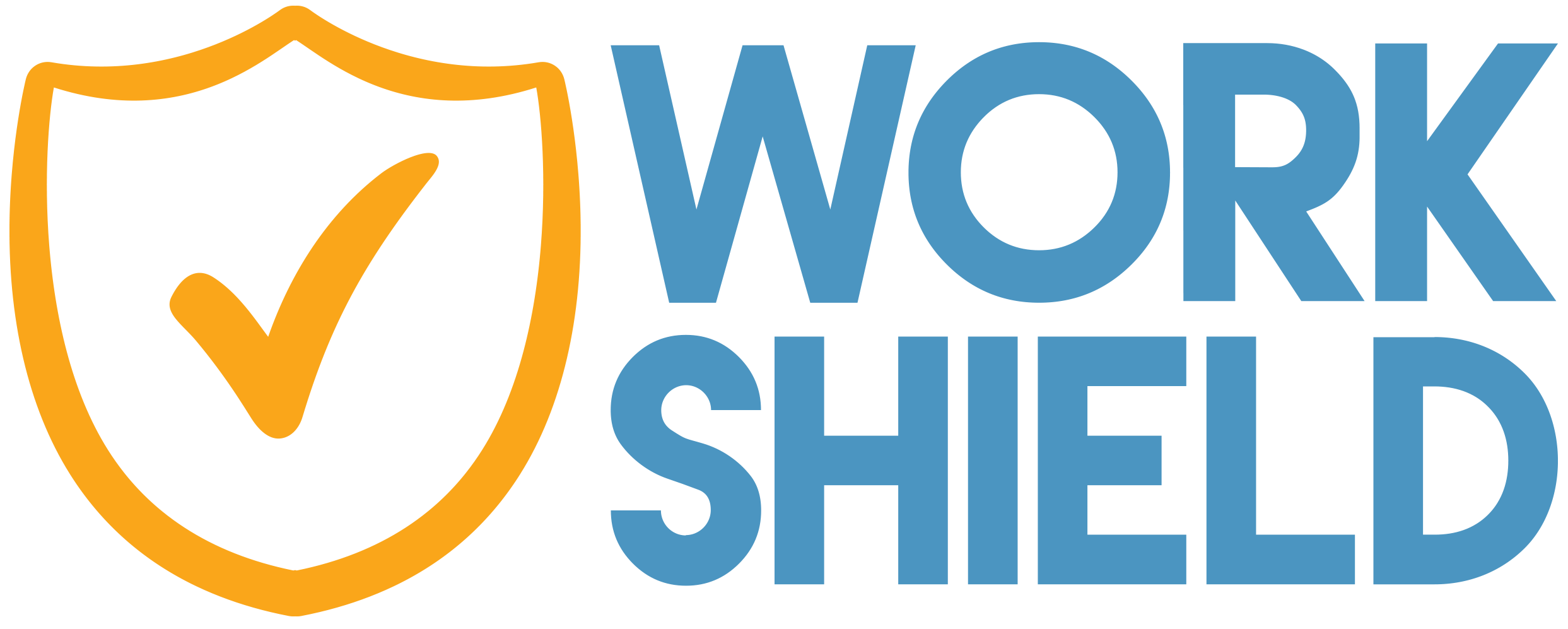When it comes to workplace misconduct, most leaders focus on what happens after misconduct is reported. But the truth is, many employees rarely report misconduct at all. Whether it’s fear of retaliation, lack of trust, or unclear processes, employees often feel silenced, even when misconduct incidents are serious.
Despite organizations having reporting systems in place, the reporting channels may not feel accessible or reliable to employees. The lack of accessibility and fear of potential retaliation can cause employees to stay silent, which allows issues to fester under the surface, leading to decreased productivity and broken trust across the organization. If organizations wish to improve their workplace environment and reduce costly risk, business leaders need to understand why employees stay quiet and how to remove those barriers.
Fear of Retaliation
Employees tend to stay silent for a range of reasons, including fear of retaliation, lack of anonymity, and even unclear organizational processes. When employees don’t feel supported, they’re far less likely to report misconduct, no matter how serious the issue may be.
Their silence is costly. Misconduct issues that go unaddressed can lead to major consequences, including turnover, reputation damage, and sometimes, legal battles.
The 2024 Equal Employment Opportunity Commission’s Report notes that 43 retaliation cases were filed last year, making it one of the top filed complaints year after year. The threat of being demoted, excluded, unfairly reviewed, or possibly dismissed is what keeps employees quiet, especially if the misconduct involves someone in a position of power. For example, in the 2024 Phoenix Suns case, employees alleged a toxic workplace culture, but waited years to speak up due to fear of retaliation. It was later revealed that this was the Suns’ fourth lawsuit filed against the team that detailed claims of misconduct.
Unfortunately, legal protections alone are not enough. While laws like Title VII and the Whistleblower Protection Act are designed to safeguard employees, they were never intended to be the first line of defense. They come into play only after harm has already occurred. Most employees are not looking to file lawsuits or navigate government investigations. They want problems addressed before they spiral. The reality is that when workplace systems fail to offer credible, timely, and safe options for speaking up, employees do not turn to legal remedies, and instead, often say nothing at all.
For organizations, this silence creates blind spots that build risk over time. Leaders may believe compliance with legal requirements is enough, but that approach misses the everyday dynamics that cause misconduct to go unreported. Addressing this gap requires more than policies on paper. It requires a working environment where employees trust that their concerns will be heard and handled responsibly, long before legal action ever enters the conversation.
Lack of Anonymity and Trust
Reporting misconduct is not just a compliance requirement. It is a test of whether employees believe they will be protected, taken seriously, and met with action. Anonymous reporting can serve as a lifeline in environments where trust is low, but it is not a complete solution. In fact, a system that relies too heavily on anonymous tips can signal a deeper issue: employees do not feel safe putting their names behind what they have experienced.
According to Gallup, only 8 percent of employees who observed unethical behavior in the workplace reported it anonymously. This low number reflects more than just fear. It also points to a lack of trust in the systems available. Employees often question whether their concerns will be addressed or whether anonymity will truly be respected. For large organizations especially, vague reports without context can leave decision makers with limited insight and few paths to resolution.
At the same time, internal reporting structures come with their own limitations. When HR or compliance teams handle investigations, employees may hesitate to speak up, let alone identify themselves. Even when policies promise protection, the fear of being labeled difficult or facing career setbacks often outweighs the perceived benefit of coming forward.
An effective reporting system must offer both anonymous and self-identifying options. More importantly, it should create a climate where people willingly identify themselves because they trust the process. When employees are confident that their concerns will be handled objectively and without internal bias, they are more likely to speak up directly. Building that trust takes more than policies. It requires visible leadership commitment, consistent follow-through, and clear accountability for misconduct at every level.
Organizational Gaps and Process Breakdowns
Sometimes the problem isn’t fear, it’s confusion. If the organization doesn’t have a clear, consistent process for handling misconduct reporting, employees may not even know how to speak up. Lack of training and unclear policies can create barriers to solutions. In addition, when an incident is reported, an internal investigation can become time-consuming, pulling costly resources from internal HR teams. These investigations can also expose an organization to bias, even unintentionally, which can increase the organization’s risk. Without proper tools, misconduct investigations are a burden rather than a solution.
In many cases, the barrier to reporting misconduct is not fear, it is confusion. When employees are unsure of where to go, who to talk to, or what happens after a report is made, they often choose silence. Even if an organization has policies in place, a lack of clarity or visibility into the process creates uncertainty. Without regular training and clear communication, employees may not trust that their concerns will be addressed at all.
Even when reports are made, internal investigations often come with unintended consequences. They can be time-intensive, pulling HR or legal teams away from their core responsibilities. Investigations without clear structure or independence can also introduce real or perceived bias. Employees may feel that outcomes are influenced by internal politics or departmental loyalties, which undermines trust and discourages future reporting. Over time, these dynamics turn the investigation process into a burden, both for the teams expected to manage it and for the organization trying to maintain credibility.
To move forward, organizations need more than policies. They need systems that are consistent, accessible, and perceived as fair across the organization. That means reducing ambiguity in the reporting process, building transparency into how issues are handled, and treating misconduct investigations as a business-critical function, not just an HR task.
Addressing These Barriers: How Organizations Can Create an Incident Review Process
Fixing the problem starts with recognizing that a policy is not a process. Organizations that want employees to speak up need more than a handbook and a hotline. They need a consistent, trusted framework that empowers employees to report misconduct incidents and gives leaders the tools to respond effectively.
Here’s where to start:
- Establish and communicate a clear code of conduct. Employees cannot report what they do not recognize. A well-defined code of conduct should outline expected behaviors, provide real-world examples of misconduct, and walk employees through exactly how to report misconduct incidents.
- Train managers to respond with consistency and neutrality. Frontline leaders are often the first to hear about an issue. Without the right training, they can mishandle reports or introduce bias. Make it a priority to equip managers with clear guidance on what to do when misconduct is reported.
- Invest in operational infrastructure, not just policy language. Without the right systems in place, internal investigations become a burden that slows progress and increases risk. A reliable solution should allow employees to report misconduct incidents confidentially, streamline the investigation process, and give leadership access to timely, data-driven insights.
- Seek out neutral, impartial investigations when possible. The perception of bias is one of the fastest ways to break trust in a reporting process. When employees believe that internal politics will influence outcomes, they are more likely to report anonymously, or not at all. Bringing in an independent third party to handle investigations can remove this concern entirely, helping employees feel safer and more supported in coming forward.
When employees know how to report and trust that the process will be handled fairly, they are more likely to come forward. At the same time, HR and legal teams can better manage risk, act quickly, and support resolution efforts with consistency. This is not just about compliance. It is about building a workplace where accountability is operational and silence is no longer the default.
Misconduct Reporting that Empowers Employees
If employees do not trust the process, they will not use it. Reducing barriers to reporting requires more than good intentions. It takes structure, accountability, and a system that employees believe in.To learn how Work Shield helps leaders build reliable, neutral, and effective misconduct reporting processes, reach out to our team. We’ll show you what it looks like when safe reporting leads to resolution.





